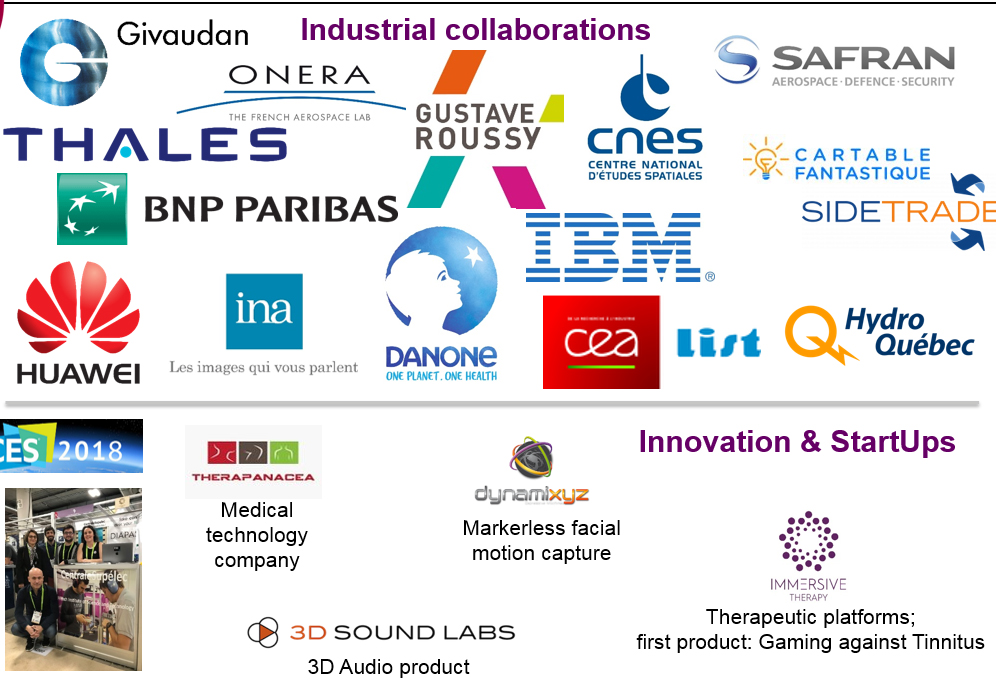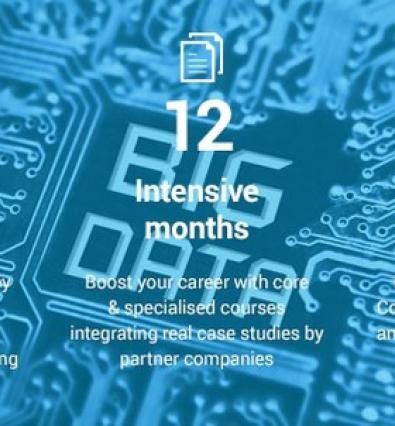L'Ecole peut compter sur l'activité de 7 laboratoires impliquant 50 enseignants-chercheurs appuyés par 100 doctorants dans le domaine de l'IA et Data.
Nos doctorants s'illustrent dans ces domaines avec des collaborations avec des entreprises de pointe telles que Facebook. Ici Pauline Luc, qui travaille pour les laboratoires de Facebook France. Objet de ses études : les prédictions structureées pour la segmentation seémantique faiblement supervisée.
4 thèmes de recherche
L'Ecole peut compter sur l'activité de 7 laboratoires impliquant 50 enseignants-chercheurs appuyés par 100 doctorants dans le domaine de l'IA et Data. Au niveau national, CentraleSupélec est un partenaire clé de l'Institut DATAIA.
Ces personnes concentrent leurs efforts sur 4 thèmes de recherche principaux ci-dessous :
Explainable AI: Computer Vision, Natural Language Processing, Data & Signal Understanding.Laboratoires impliqués : Thèmes :
|
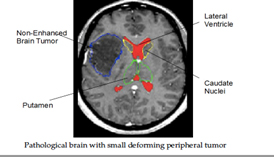 |
Neurosciences & Cognition avec l'équipe Facial Analysis Synthesis and Tracking (FAST) :
|
 |
"From Photonics to AI" avec le laboratoire LMOPS :
|
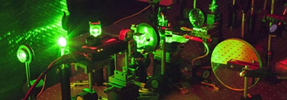 |
Decision Making & Support avec le laboratoire du Génie industriel.
|
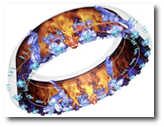 |
5 domaines d'applications
1 - Environnement
 SAR imaging: detect and manage flooded areas by Pr. Frédéric Pascal from L2S
SAR imaging: detect and manage flooded areas by Pr. Frédéric Pascal from L2S
Context: Use of heterogeneous satellites images of same areas to detect natural disasters
Random models, manifold learning MRF, change detection.
2 - Finance quantitative
 How to model the operators behavior on financial markets by Pr. Frédéric Abergel from MICS.
How to model the operators behavior on financial markets by Pr. Frédéric Abergel from MICS.
Context: quantitative finance - from data, understand financial markets at several levels (micro, operators behavior, products, warrants…)
Random models, numerical simulations, massive and unstructured data analysis.
3 - Human-Machine interaction
 Modeling and reproducing human emotions by Pr Renaud Séguier (FAST team, Rennes campus)
Modeling and reproducing human emotions by Pr Renaud Séguier (FAST team, Rennes campus)
Context: Medical applications such as psychological injuries (traumas), nervous breakdowns.
E-learning: application of Human-Machine interaction M. Geist (UMI, Metz)
Context: reinforcing learning – where software agents learn to control dynamical systems based on interactions
Machine learning, sequential decisions, optimization
4 - Personalized Digital Health
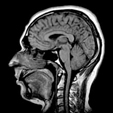 Improving the diagnosis tools Nikos Paragios from CVN.
Improving the diagnosis tools Nikos Paragios from CVN.
Context: New in vivo acquisition devices, 3D and 4D massive data. Artiticial vision to assist the eyes of the medical staff.
Computer Vision Machine Learning Discrete Optimization
Integrating knowledge for a better interpretation by Pr. Céline Hudelot from MICS.
Context: Interaction between data and knowledge for a better interpretation of massive and complex data.
Artificial Intelligence (KR) Machine Learning Graphs Computer Vision
5 - Telecommunication
Ultrafast data processing for optical telecom by Damien Rontani fom LMOPS.
Context: Translating concepts / algorithms from machine learning on physical hardware with a focus on photonics and optoelectronic architectures
Ultra-large scale photonics neural networks - Hardware friendly training methods - Simulation of optical neuromorphic chips
Information Theory and Deep learning beyond Communications Pablo Piantanida (L2S)
Context: capitalize on powerful and fertile concepts from information theory in order to advance the state-of-the-art in deep learning
Information theory – Deep Learning - Deep neural networks
Collaborations académiques
- MICS/LOGIMAS (Céline Hudelot): Télécom ParisTech, Lamsade, Verone University, ICST Trento, Univ Cardiff, TU Berlin, TU Dresden, Neurospin, CNAM, Science Po
- L2S (Pablo Piantanida) : LIA - CNRS (International Associated Laboratory CNRS) on ‘Information, Learning and Control’: interplay between information theory, deep learning and control in Smart Grids (CS, Université Paris Sud, CNRS and several Canadian institutions: Université de Montréal, INRS, MacGill University, Concordia University, ET)
- L2S (Pablo Piantanida) : H2020-MSCA-IF-2016 : Information Theory beyond Communications: Distributed Representations and Deep Learning, (with Prof. Y. Bengio (MILA - Université de Montréal and IVADO)
- LMOPS (Damien Rontani): ULB, U Ghent, KU Leuven (Belgium), IHP (Germany), FEMTO-ST (France), Georgia Tech (USA), Saitama U (Japan)
Collaborations avec les entreprises
L'Ecole noue des partenariats avec de nombreux grands groupes. Une chaire data a été par exemple récemment signée avec Givaudan. Et également avec des startups prometteuses telles que Dynamixyz, 3D Sounds Labs ou Immersive Therapy.
